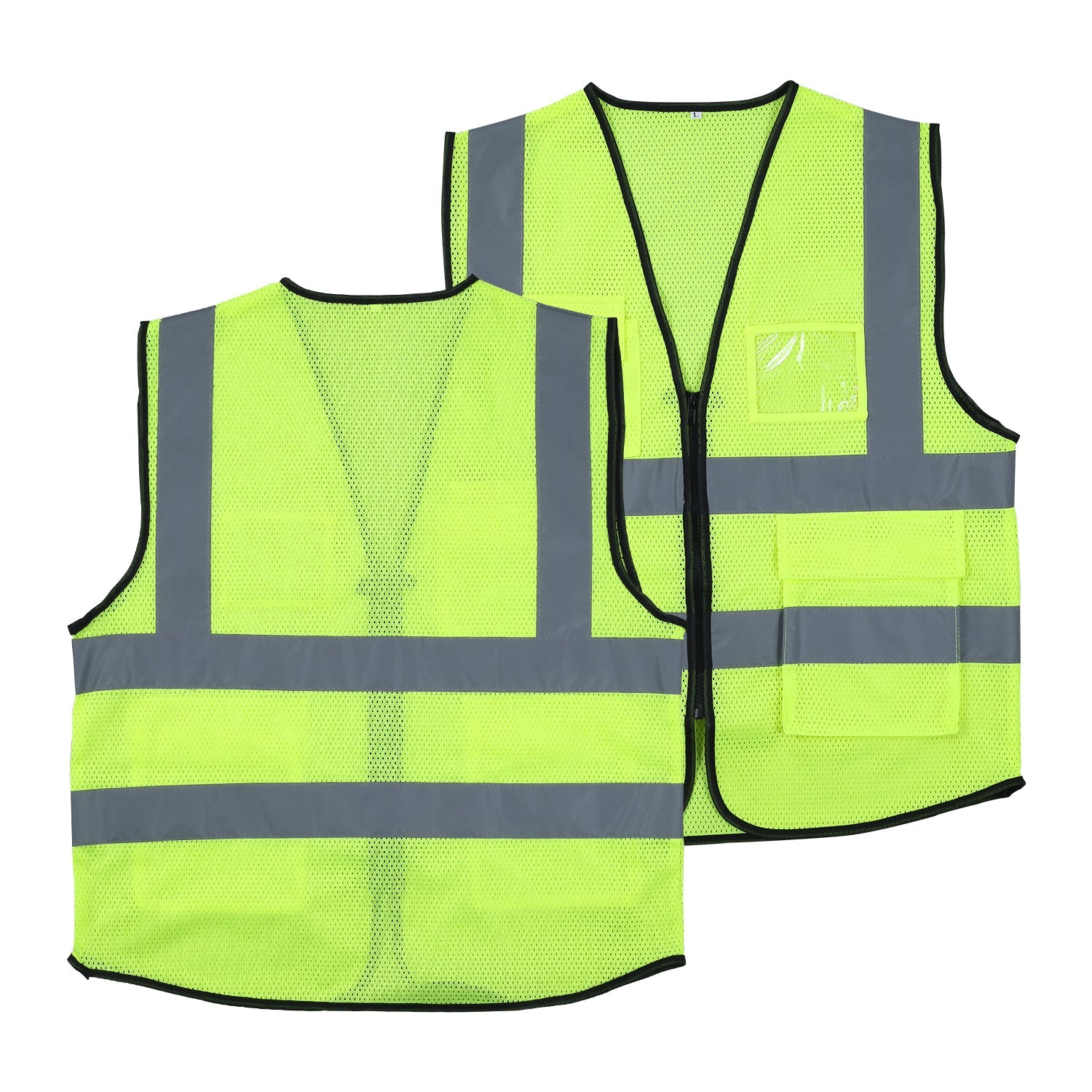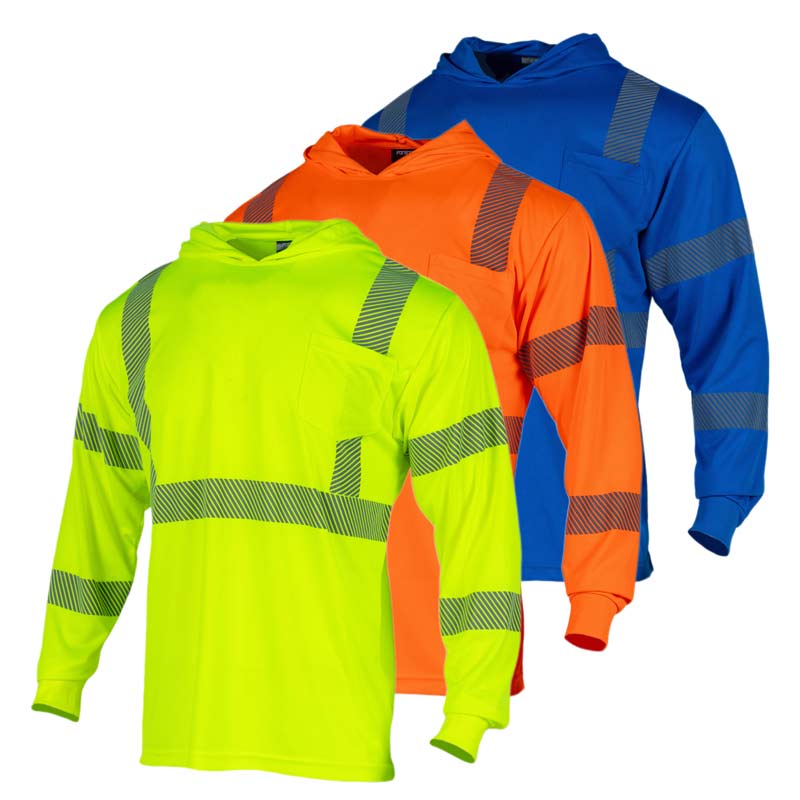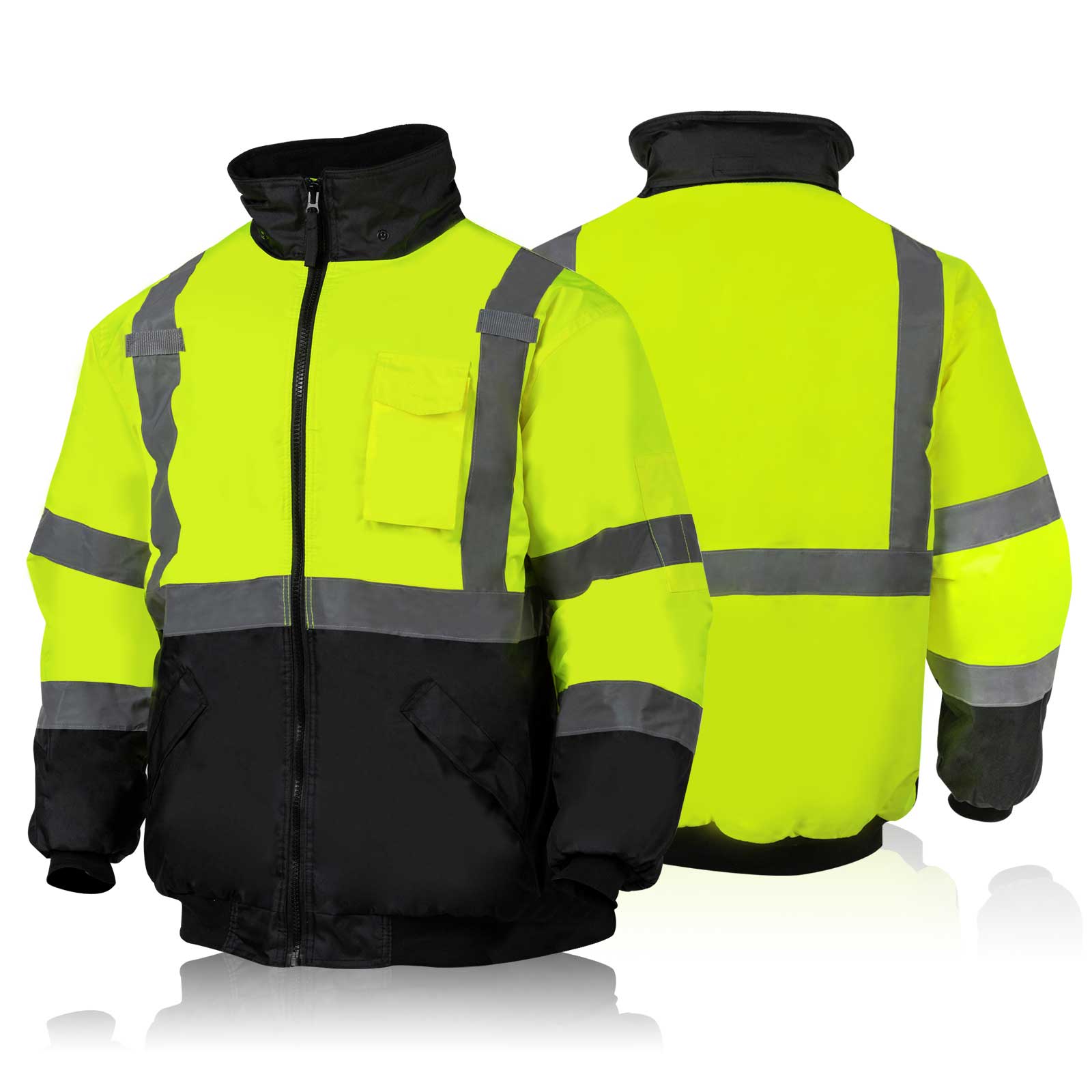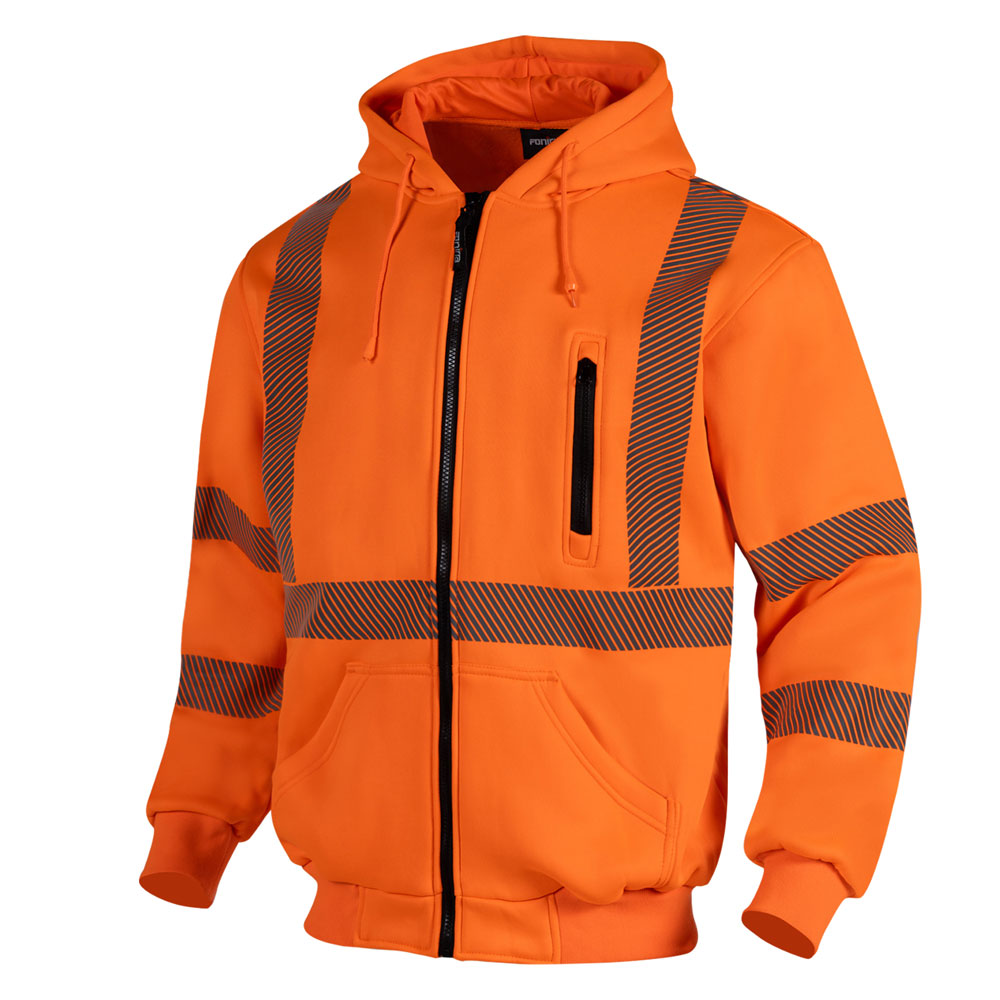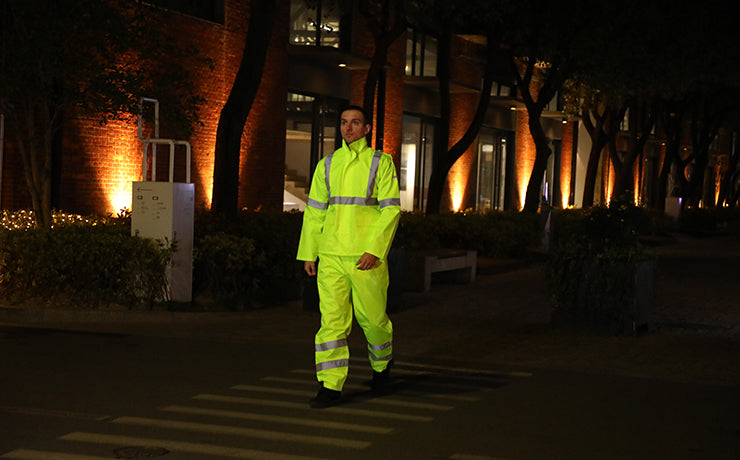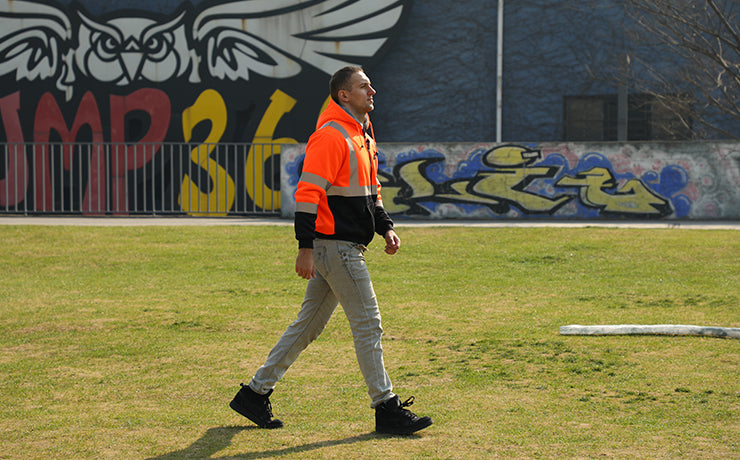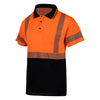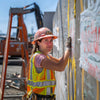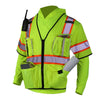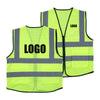How to Conduct an Effective Safety Audit in Construction Site

If you're a safety manager in the construction industry, you're well aware of the colossal responsibility resting on your shoulders.
Each day, your primary role involves ensuring every worker enters a safe environment and returns home without harm.
Safety audits are a vital tool in your arsenal, aiding you in identifying potential risks and ensuring your job site complies with safety regulations.
Today, we'll delve into how to conduct comprehensive safety audits and underscore the importance of safety clothing on construction sites.
Understanding Safety Audits
At their core, safety audits are systematic, independent, and documented processes for obtaining evidence to determine how effectively a construction site aligns with defined safety criteria.
They aim to expose potential hazards and risk factors that might lead to injuries, illnesses, accidents, or fatalities.
By catching these issues early, you can take proactive measures to prevent them from happening in the real world and ensure employees' occupational safety.
Preparing for a Safety Audit
1. Setting Objectives for the Audit

Before you start the safety audit, you need to be clear on what you hope to achieve.
-
Do you want to check compliance with safety regulations?
-
Identify safety hazards.
-
Assess the effectiveness of current safety measures.
The answers to these questions will guide your audit process.
2. Selecting the Audit Team

Choosing the right people for your audit team is crucial. They should thoroughly understand safety regulations and standards and the specifics of your construction site.
Consider including individuals with diverse roles within your organization to gain a comprehensive perspective.
3. Pre-audit Meeting and Walk-through

Once your team is in place and your objectives are clear, it's time for a pre-audit meeting and site walk-through.
This step helps familiarize the team with the site layout, potential hazards, and areas of particular concern.
Conducting the Safety Audit
-
Inspecting the Construction Site
Now begins the meticulous process of inspecting the site. This inspection includes observing the site's condition, evaluating safety signage, checking machinery and equipment, and assessing potential hazards.
-
Observing Work Processes and Workers' Behavior
Beyond just the physical state of the site, observing how work is performed and how workers behave is crucial. Do they follow health and safety protocols? Do they use machinery and tools correctly?
-
Checking Compliance with Safety Regulations
Your audit should verify compliance with local, state, and federal safety regulations. This checklist ensures proper procedures are followed, and necessary documentation is available and up-to-date.
-
Checking if Proper Safety Clothing is Being Worn
Safety clothing is a crucial part of the site safety program. Is everyone wearing helmets, vests, boots, and gloves as required? This check is an integral part of the audit process.
Role of Safety Clothing in Construction Safety

Safety clothing, sometimes called Personal Protective Equipment (PPE), is the first line of defense against workplace hazards. It's the barrier between construction workers and the potential risks they face daily - from falling debris to exposed electrical wires.
Types of Safety Clothing and Their Functions

There's a wide array of safety clothing designed to protect workers, including:
-
Helmets to guard against head injuries
-
Safety vests for visibility, gloves to protect hands
-
Safety boots to shield feet
Each type plays a critical role in preventing injuries.
How Safety Clothing Contributes to the Overall Safety of the Construction Site

When worn correctly and consistently, safety clothing significantly reduces the risk of injuries and enhances the overall safety of the construction site. They ensure that workers remain visible, protected, and able to carry out their tasks safely.
During safety inspections and audits, ensure there's strict adherence to wearing safety clothing. Any non-compliance should be treated seriously, with immediate corrective measures implemented.
After the Safety Audit: Analysis and Follow-up
1. Interpreting Audit Results
Once the safety audit report is complete, it's time to decode the audit findings. The collected data and observations should be compiled, and a thorough analysis should be conducted to understand the safety performance of your construction site.
-
Look for patterns
-
Single out common issues
-
Take note of any recurring violations or unsafe practices
This step will highlight areas that need immediate attention.
2. Developing a Plan for Addressing Identified Safety Issues
With a clear understanding of your audit results, the next step is formulating an action plan. This plan should address each identified safety issue, outlining specific steps to correct them. This might include:
-
Re-training staff on safety protocols
-
Revising safety procedures
-
Investing in additional safety clothing or equipment
Need to improve your PPE inventory for your company? Read our free ebook here to learn everything you need to get started!
Follow-up Audits and Continuous Improvement
Safety audits are not a one-time task. They should be conducted regularly to ensure continued compliance and to check the effectiveness of implemented safety measures.
Regular monitoring and subsequent audits can help you quickly catch new or recurring issues and prevent incidents.
How Effective Use of Safety Clothing Can Improve Future Audit Results?
Safety clothing plays a significant role in overall site safety, and its proper use can positively impact your future safety audit results.
If the initial audit flagged issues related to safety clothing - such as inadequate use or incorrect types for specific tasks - addressing these can lead to safer work practices and improved audit outcomes.
The journey toward a safe construction site is iterative. It involves constant monitoring, learning, improving, and adapting. Your efforts in conducting effective safety audits and enforcing safety clothing compliance are invaluable.
They protect your workforce and foster a safety-conscious culture, which is the bedrock of any successful and safe construction project. Be vigilant, be resilient, and continue striving for safety excellence. After all, every worker deserves to return home safely at the end of the day.
Conclusion
Conducting thorough and effective safety audits and emphasizing the crucial role of safety clothing are vital elements in the quest for safer construction sites.
As worker safety managers, your responsibilities are significant, but the rewards of a safety-conscious workplace are immeasurable. Remember, every step taken towards a safer site is a step towards ensuring every worker's well-being.
Let's uphold safety at the forefront of our operations, fostering a culture where each team member understands and values their role in maintaining a safe work environment. Because nothing is more important than ensuring everyone goes home safe and sound.

